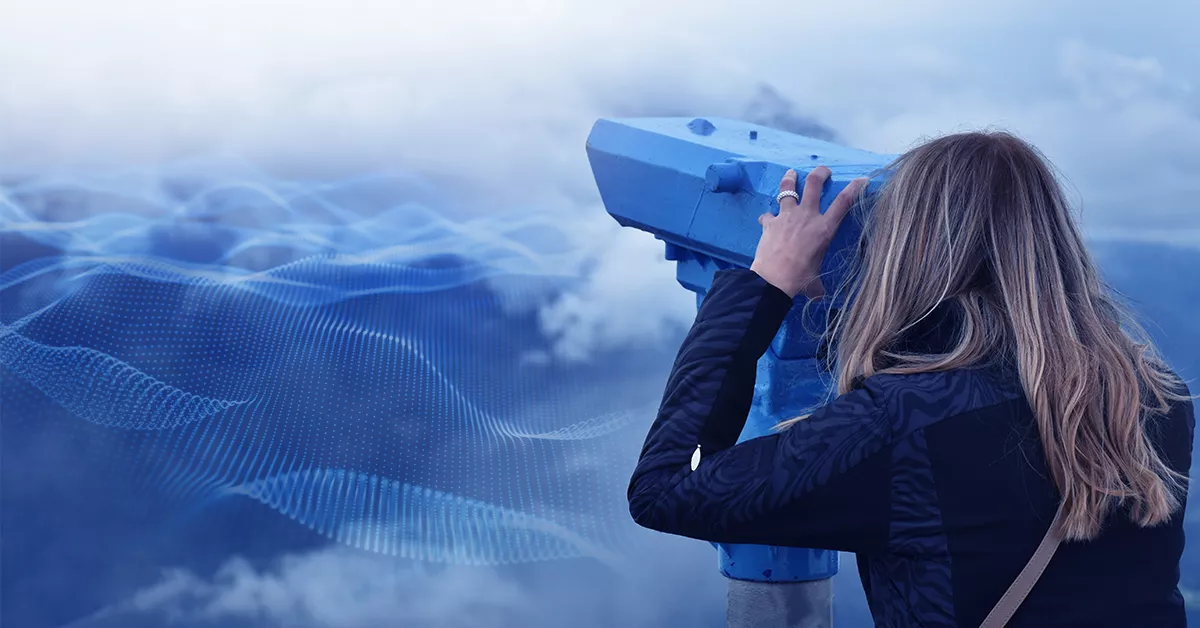



Product releases are coming to the market much faster than customers can track. Given this trend, it’s no surprise that older products get left behind and eventually phased out, especially when technology teams are already busy developing their next product.
This is particularly true for software vendors; 16% of development professionals said that they would like to be able to release new software builds every hour. Just imagine how many applications that would be! And you don’t even have to look far — just a cursory browse of the thousands of applications available on Google Play Store and Apple App Store should give you an idea.
In terms of support for end-of-life products, most software vendors are doing their best to move their existing enterprise clients to the newer and better versions of their software. This would translate to a much smaller number of versions they need to support. But many enterprise software users refuse to upgrade and insist on using the older versions. Why is this so? Some of the reasons include:
- The old implementation works well, there is no reason to change anything
- The cost of the upgrade heavily outweighs the extra benefits provided by the newer product versions
- Larger than expected implementation project for little new functionality
- Expensive integration efforts due to upgrades or system changes
- Lengthy (measured in months and years) implementation with continual delays
- Significant, unexpected costs of the license transfer
- High-cost consultancy fees requiring specialized “vendor delivered” resources
To address this problem, many well-managed software companies are leveraging external specialized services vendors to carry on the support and sustain their end-of-life products while focusing their own resources on developing and supporting their newer versions.
Xoriant has been partnering with several product companies throughout the complete lifecycle of their software and systems products. Let’s look at a typical product lifecycle timeline and how Xoriant’s Product Lifecycle Services can help at every step:
1. Development
This is when a new product is first brought to market, before there is a clamor for it, and often before it has been fully tested technically in all aspects.
Xoriant’s Professional Services
Xoriant gives you the best of both worlds: large enough with a proven ability to scale rapidly, but small enough with a culture of agility to service your needs every step of the way. Our professional services include pre-sales consulting, product customizations and POC development.
Xoriant’s Development Services
We develop custom software solutions and enable next-gen product development. Our delivery methodologies such as XPEED and Agile enable us to deliver more quickly and efficiently. We also provide client-specific execution models. Every solution we develop benefits from our 25 years of applying rigor, speed and forward thinking to architect, build and test software products.
2. Growth
Demand begins to accelerate, and the size of the total market expands rapidly.
Xoriant’s DevOps
Our DevOps center of excellence helps you with continuous integration, application monitoring, server monitoring, log monitoring, automation testing, DevOps scripting tools, source code management, cloud enablement and infrastructure automation. This approach has proven extremely effective in increasing collaboration and integration between various aspects of the delivery chain.
Xoriant’s QA and Testing
Over two decades, we have developed extensive testing capabilities for various verticals, across platforms, for functional, non-functional, mobile, cloud and performance testing. We provide multi-location and distributed testing, a QA lab and flexible test approaches. The Xoriant Test Automation Framework (XTAF) is a cost-effective solution for automating testing processes.
Xoriant’s Platform Integration
With our deep expertise across various technology platforms, we can help you transform and integrate your platform into your client’s environment. We also help with API management, capability enhancement, service integration, infrastructure assessment and platform monitoring.
3. Maturity
This is the height of a product’s adoption and profitability.
Xoriant’s Product Support
Our product support services include L1 through L4 support services, infrastructure setup, remote installations, performance management, performance tuning, and change and configuration management. We also provide technical service desk support.
Xoriant’s Application Security
We can help you identify potential vulnerabilities in your applications and safeguard critical business data. We reinforce security policies on the web through CASBs (Cloud Access Security Brokers). Security, as critical as it is, is often under-emphasized in application development. Vulnerabilities lead to security breaches and put your customers’ data — and therefore your product revenue — at risk.
4. Decline
This is when the product begins to lose consumer appeal and sales drift downward.
Xoriant’s End-of-Life Engineering
We can work with you to maintain your existing products and support them during end of life. We’ll help you extend the value of your product by supporting bug fixes, maintaining the code base, providing custom enhancements and re-engineering.
With our proven delivery capability across the product lifecycle, Xoriant can supplement your team where you need it most – from co-ideation in the development stage to product support at the end of life. Talk to our experts to learn how we can help you maximize your product’s value from ideation to its end of life.






 View Previous Blog
View Previous Blog






